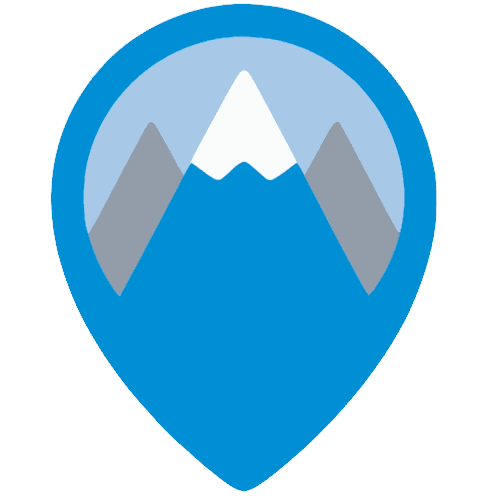How to Choose the Right Ski and Snowboard Helmet: Learn how a Ski Helmet Should Fit
December 26, 2022 | Ski Equipment, Skiing, Snowboarding
Ensuring the proper fit of your ski helmet is crucial for both comfort and safety on the slopes. This guide will teach you to select the right helmet size, make necessary adjustments, and achieve a perfect fit that provides the protection you need. Whether skiing or not, wearing a properly fitted helmet can prevent head injuries and even save your life, making this article worth your time. Let’s dive into the details and help you find the fitting helmet for your winter sports adventures.
1. What Is the Importance of a Properly Fitted Helmet?
A properly fitted helmet is not just about comfort; it is pivotal in ensuring your safety on the slopes. Skiing and snowboarding can expose you to high speeds and hard impacts, which can lead to severe head injuries. Wearing a helmet that fits snugly can prevent these injuries and offer a more enjoyable experience.
Why Helmet Fit Matters
A helmet that does weigh, or shifts around during use may fail to absorb impacts effectively. When a helmet fits properly, it protects your head throughout your runs, even during high-speed descents or falls. A helmet may also obstruct your vision, reducing your awareness of the slope.
2. How to Measure Your Head for the Right Size
The first step in finding a snug helmet is accurately measuring your head. Helmets are measured in centimeters, so getting the correct measurement is essential.
Steps to Measure Your Head
- Use a soft tape measure or a piece of string.
- Wrap it around your head above your eyebrows and ears, measuring the widest part.
- Note the measurements and consult the manufacturer to find your ideal helmet size.
This step ensures a snug fit on the helmet, which is crucial for both comfort and protection.
3. How to Choose the Right Helmet for Skiing and Snowboarding
Several factors can help you decide when choosing a ski or snowboard helmet. The helmet should be designed for your activity. While some helmets are designed for both sports, it’s essential to ensure they offer the proper protection based on the type of terrain you’ll be going on.
4. How to Adjust the Fit of Your Helmet
Even after you’ve chosen the right helmet size, adjustments are necessary for a perfect fit. Many modern helmets feature an adjustable fit system, which allows you to tweak the tightness for an ideal fit.
Steps to Adjust the Helmet Fit
- Adjust the chin strap so it’s snug but not too tight. You should be able to fit two fingers between the strap and your chin.
- Tighten the adjustable fit dial at the back of the helmet to ensure the helmet feels secure around your head.
- Perform a shake-your-head test. If the helmet shifts, tighten it further.
This will give you a perfect fit that stays comfortable and secure, even in action.
Read More: Snowboard Types and Styles: Shredding the Mountain in Your Own Way
5. Different Types of Ski and Snowboard Helmets
There are several types of helmets, each offering unique benefits depending on your skiing or snowboarding style. The choice depends on the level of protection you need.
- Full-shell helmets: These provide full coverage and are commonly used in alpine skiing or for advanced skiers.
- Half-shell helmets: Offering more ventilation and comfort, these are popular among recreational skiers.
- In-mold helmets: Lightweight and built with EPS foam inside and ABS plastic on the outside for impact absorption.
When choosing a helmet, consider the type of skiing or snowboarding you often do and select the one that best suits your needs.
6. How Helmet Construction Impacts Safety
The materials and construction play a critical role in your safety. Most helmets use EPS foam to absorb shock, while the outer shell is typically made from ABS plastic or polycarbonate.
Why Construction Matters
A snow helmet with high-quality materials can significantly reduce the risk of head injuries during a fall. The design and durability can also determine its longevity, ensuring it protects over several seasons.
Investing in a well-constructed helmet that fits properly is essential for maintaining your safety on the slopes.
7. How to Match the Helmet and Goggles?
One important aspect often overlooked is how well your helmet works with your goggles. The gap between the top of your goggles and your helmet should be minimal to avoid exposing your forehead to cold air or snow.
8. What Features Should You Look for in a Ski or Snowboard Helmet?
Modern ski and snowboard helmets have various features designed to enhance safety and comfort. From ventilation systems to audio compatibility, choosing the right features is essential.
Key Features to Look For:
- Adjustable ventilation: Helps regulate temperature during different weather conditions.
- MIPS technology: A safety feature that reduces rotational forces during impacts.
- Removable ear pads: These are useful for those who want to customize their helmet based on the temperature.
Read More: Skiing with Glasses – Tips and Techniques for a Comfortable Experience
9. Are There Special Considerations for Kids’ Helmets?
Children’s helmets require extra care when fitting as kids proliferate. A helmet that fits properly today might not fit next season, so it’s essential to remeasure their heads regularly.
Tips for Fitting Kids Helmets
- Choose a helmet with adjustable features to accommodate growth.
- Check the fit snugly after adjusting, and make sure the chin strap is secure but not tight.
Ensuring a good fit for kids can prevent accidents and keep them safe while they enjoy winter sports.
10. How to Maintain Your Helmet for Long-Lasting Use
Maintaining your helmet properly ensures it lasts for multiple seasons and continues to offer the protection you need.
Tips for Helmet Maintenance:
- Clean the interior of your helmet regularly to remove sweat and dirt.
- Store your helmet dry to prevent moisture buildup that can degrade the materials.
- Inspect your helmet after every fall or impact. If you notice any cracks, it’s time to invest in a new helmet.
By taking care of your helmet, you extend its life and maintain the safety features it was designed to offer.
With this guide, you’re well-equipped to find the right ski or snowboard helmet that fits perfectly and keeps you safe and comfortable on the slopes.
More Posts
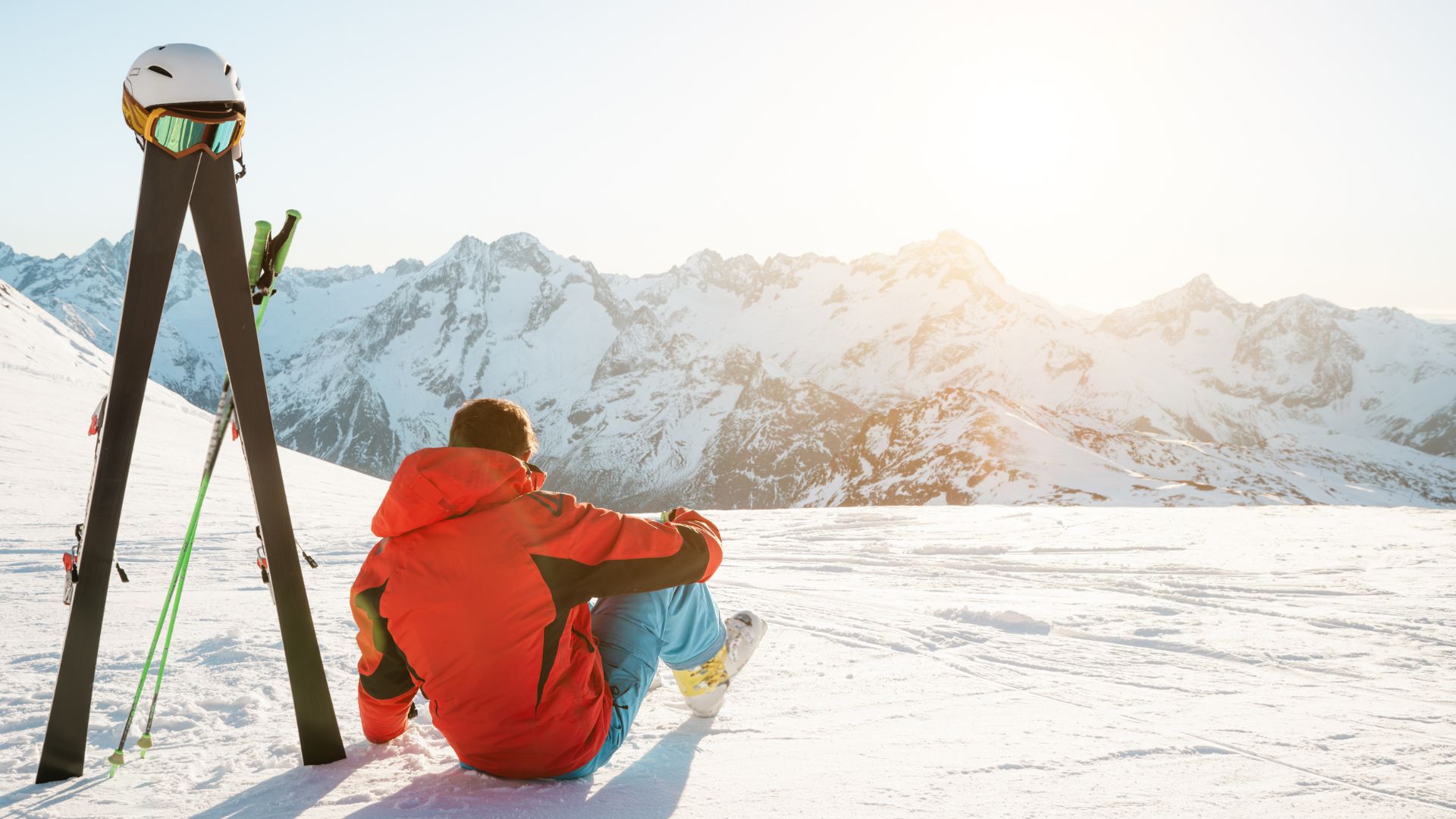
How to Avoid Altitude Sickness While Skiing
Skiing is an exhilarating winter sport, but for many, skiing at high altitude can bring...
read More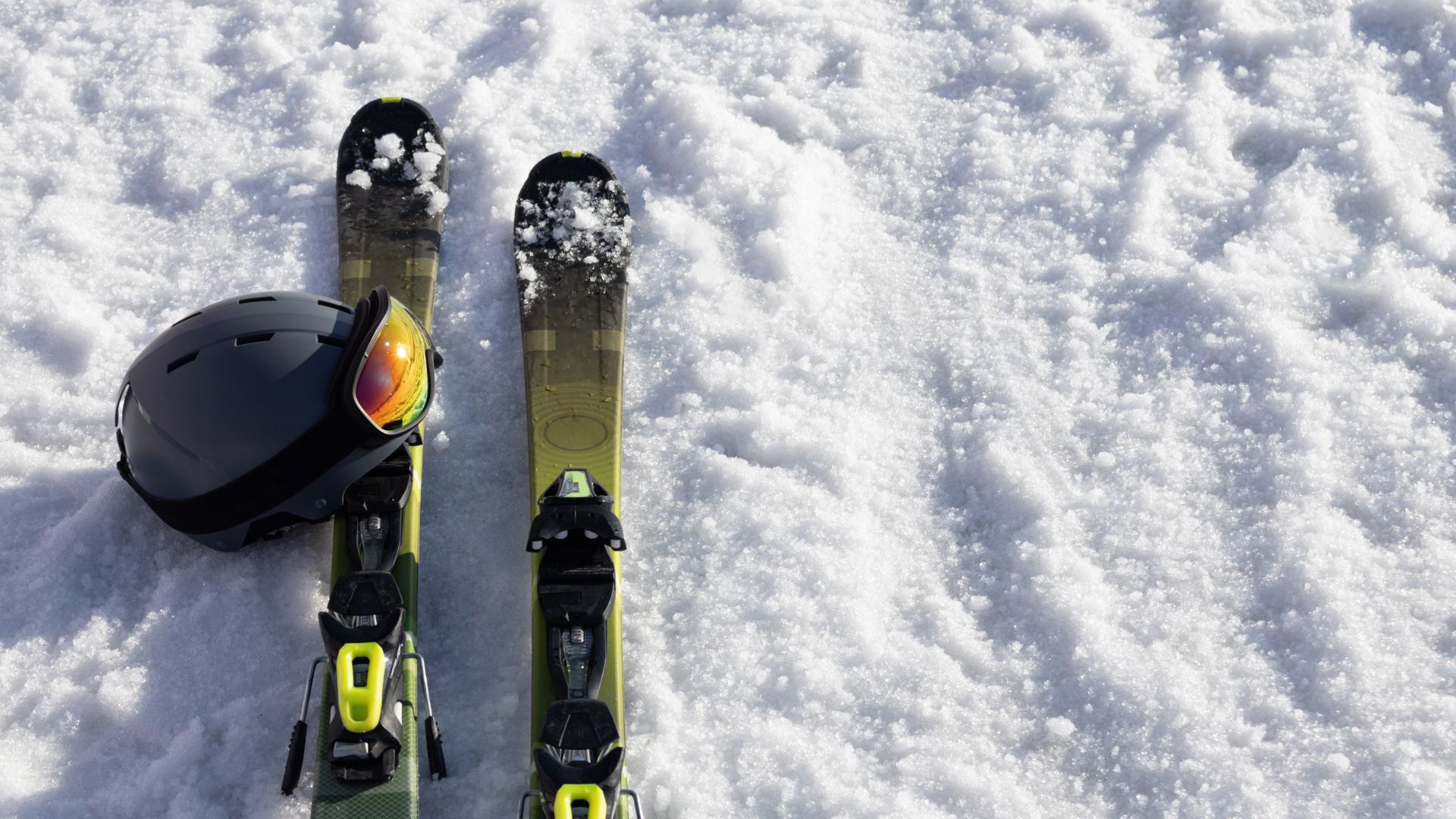
What Are the Best Skis for Beginners? A Complete Guide
If you are new to skiing, you may wonder what are the best skis for...
read More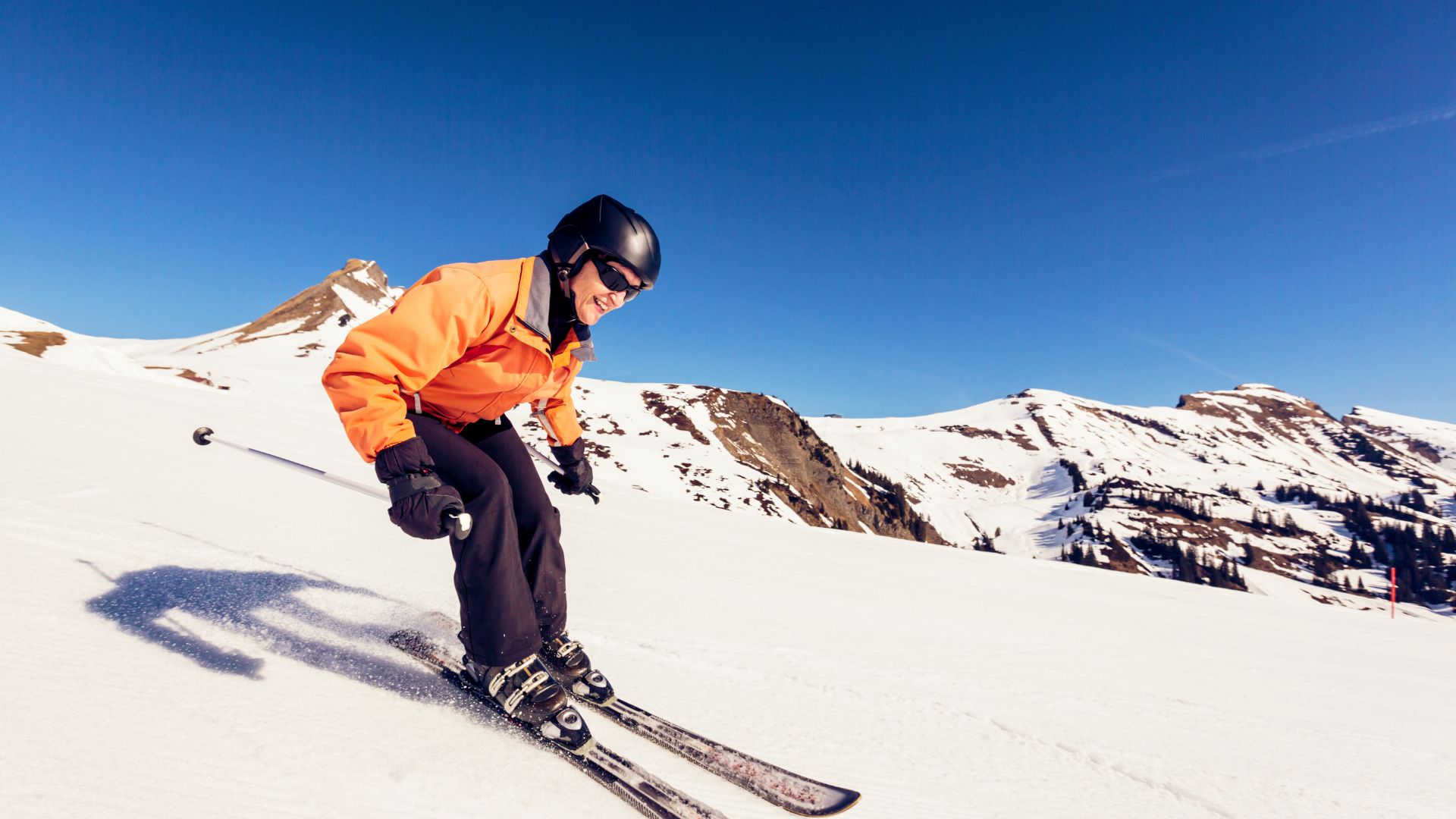
How Has Ski Technology Changed: The Evolution of Modern Skiing
Skiing has evolved immensely since its early days of wooden planks and leather straps. The...
read More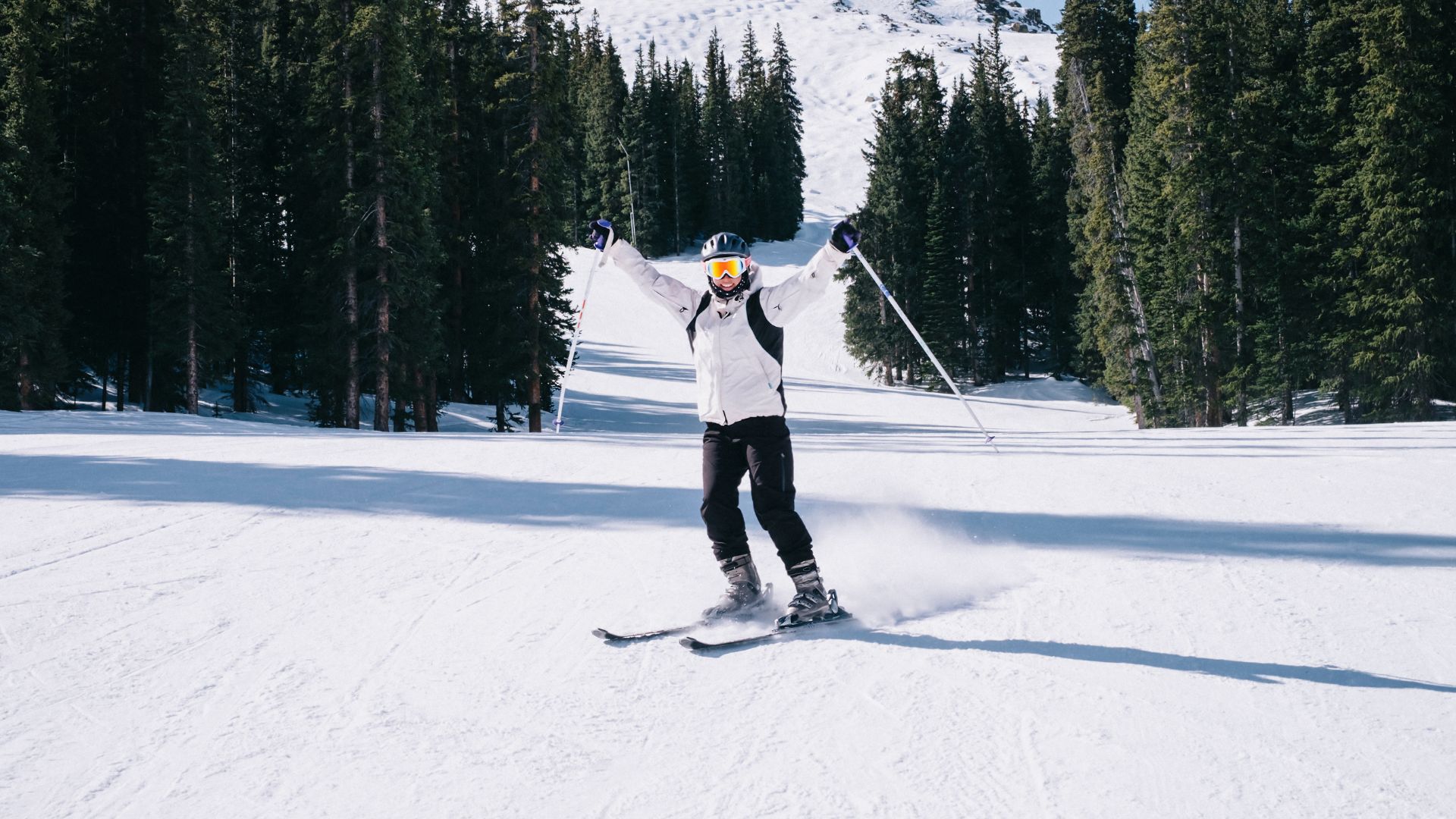
How to Improve Skiing Balance: Expert Tips for Better Control and Confidence
If you’ve ever wondered how to improve skiing balance, you’re already taking a crucial step...
read More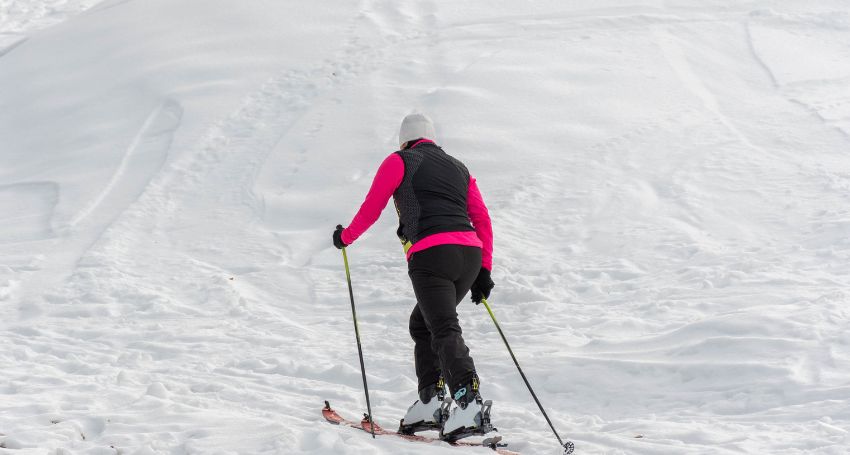
How to Parallel Ski for Beginners: A Complete Step-by-Step Guide
For many novice skiers, mastering how to parallel ski for beginners marks a major milestone...
read More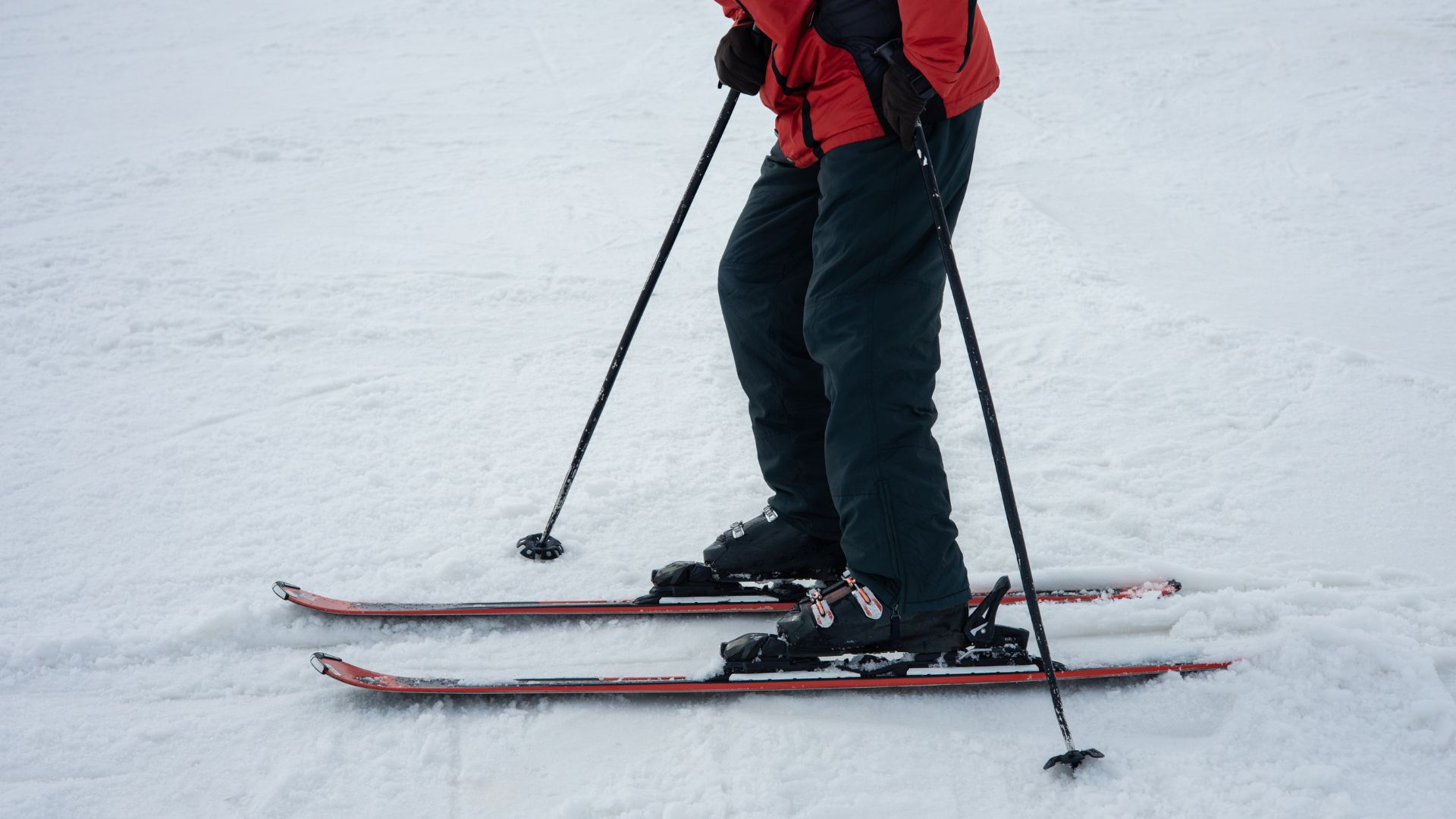
How to Parallel Ski: Master the Essential Technique
If you’ve ever admired experienced skiers gliding effortlessly down a slope, both skis perfectly aligned,...
read More